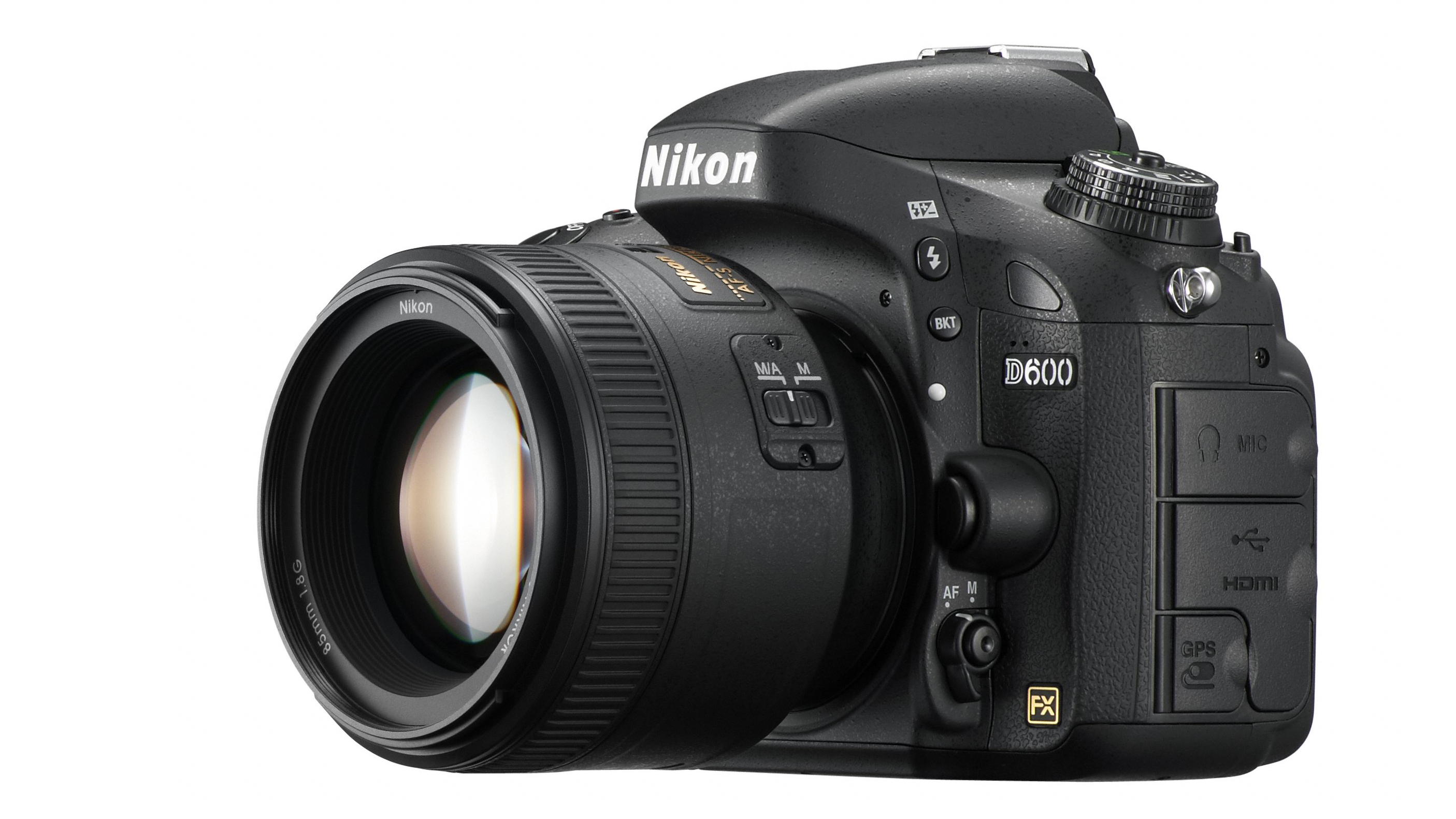Why you can trust TechRadar
Recent Nikon DSLRs have been outstanding performers, and the Nikon D600 is no exception. The new 24.3MP sensor is a very close match for the Nikon D800, Nikon D4 and Canon EOS 5D Mark III in the key areas of dynamic range, colour depth and noise suppression.
Images shot up to ISO 1600 are largely noise-free, with even ISO 3200 producing minimal artefacts. Only at ISO 6400 and above does image quality deteriorate noticeably, but the Nikon D600 is still capable of producing usable images at these settings, providing you don't pixel-peep too much.
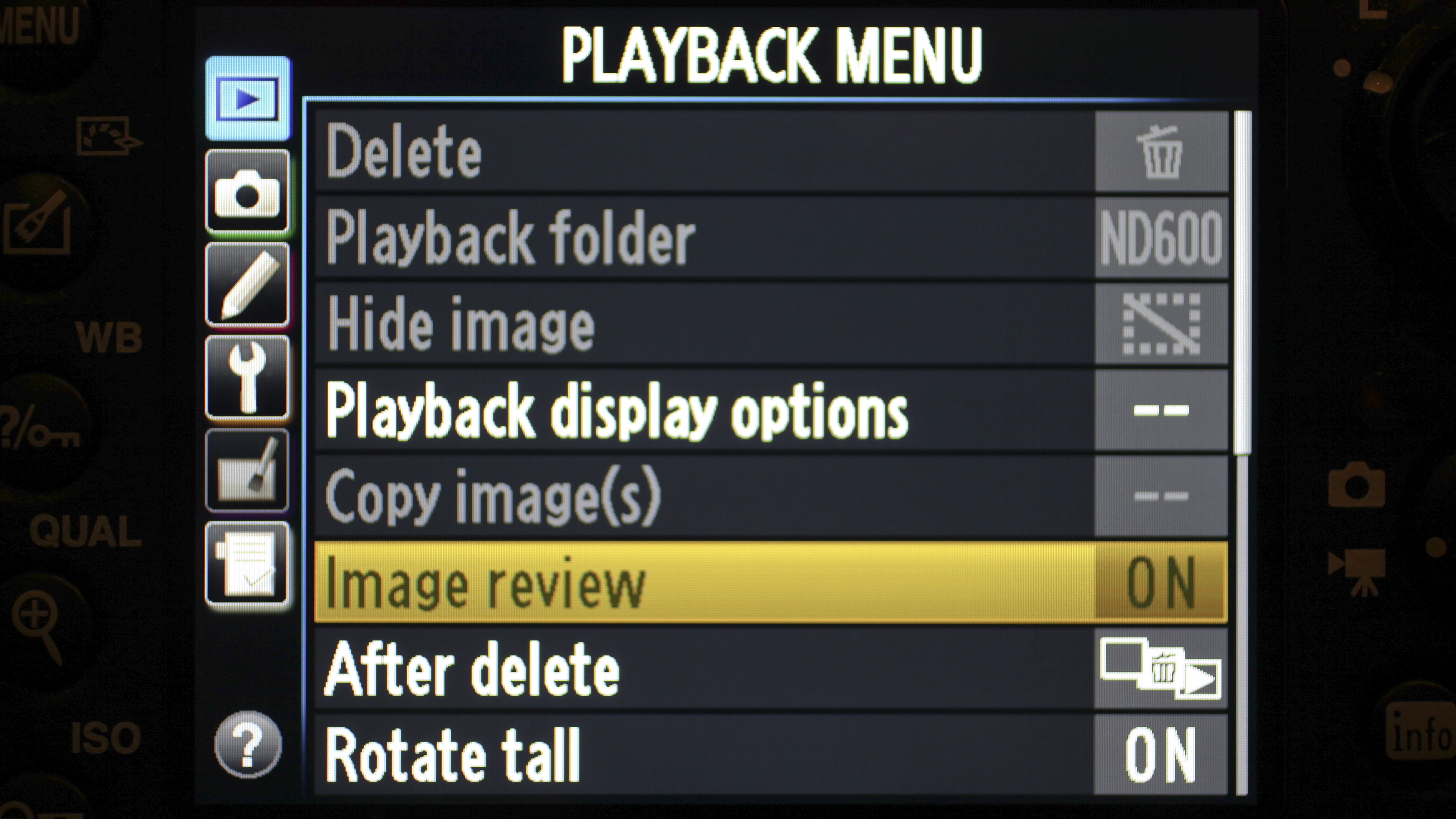
Keep the sensitivity below ISO 3200 and images stand up to the closest scrutiny. On paper the Nikon D600's 24.3MP resolution can't match the 30 per cent higher pixel count of the Nikon D800 for detail, but in the real world 24.3MP is easily enough for any scenario, and images have masses of detail. Factor in the higher continuous shooting rate and more manageable file sizes of the Nikon D600, and it shapes up well against the Nikon D800.
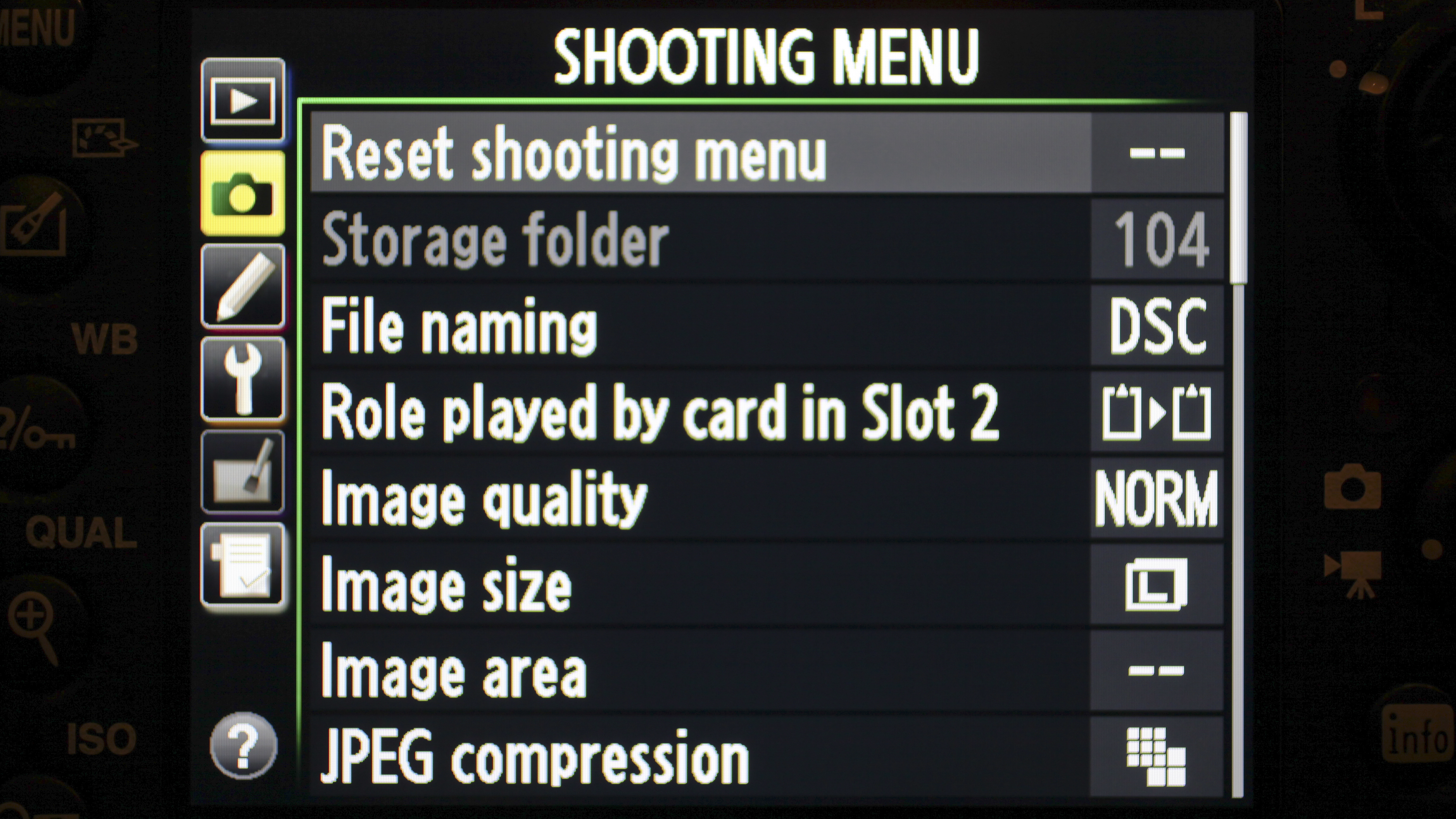
The performance of the Nikon D600's autofocus system doesn't disappoint, either. We tested it in a variety of conditions and were impressed by its speed and accuracy. Only shooting fast dancing in a dark, harshly lit party setting provoked any obvious focus hunting, though the final images are still correctly focused.
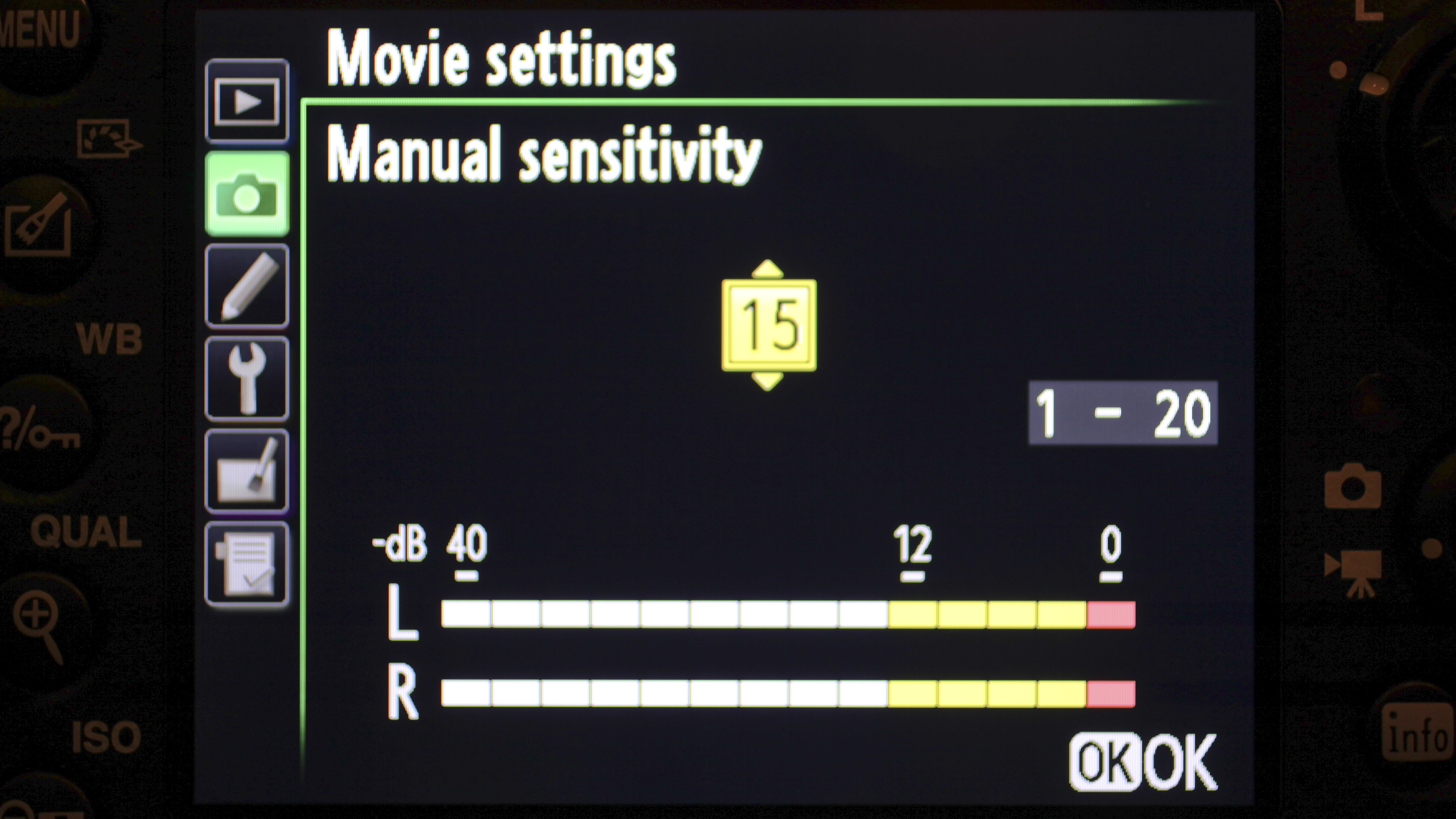
These results aren't that surprising, given that the Nikon D600 shares the same autofocus system as the Nikon D7000, and we had few issues with that camera.
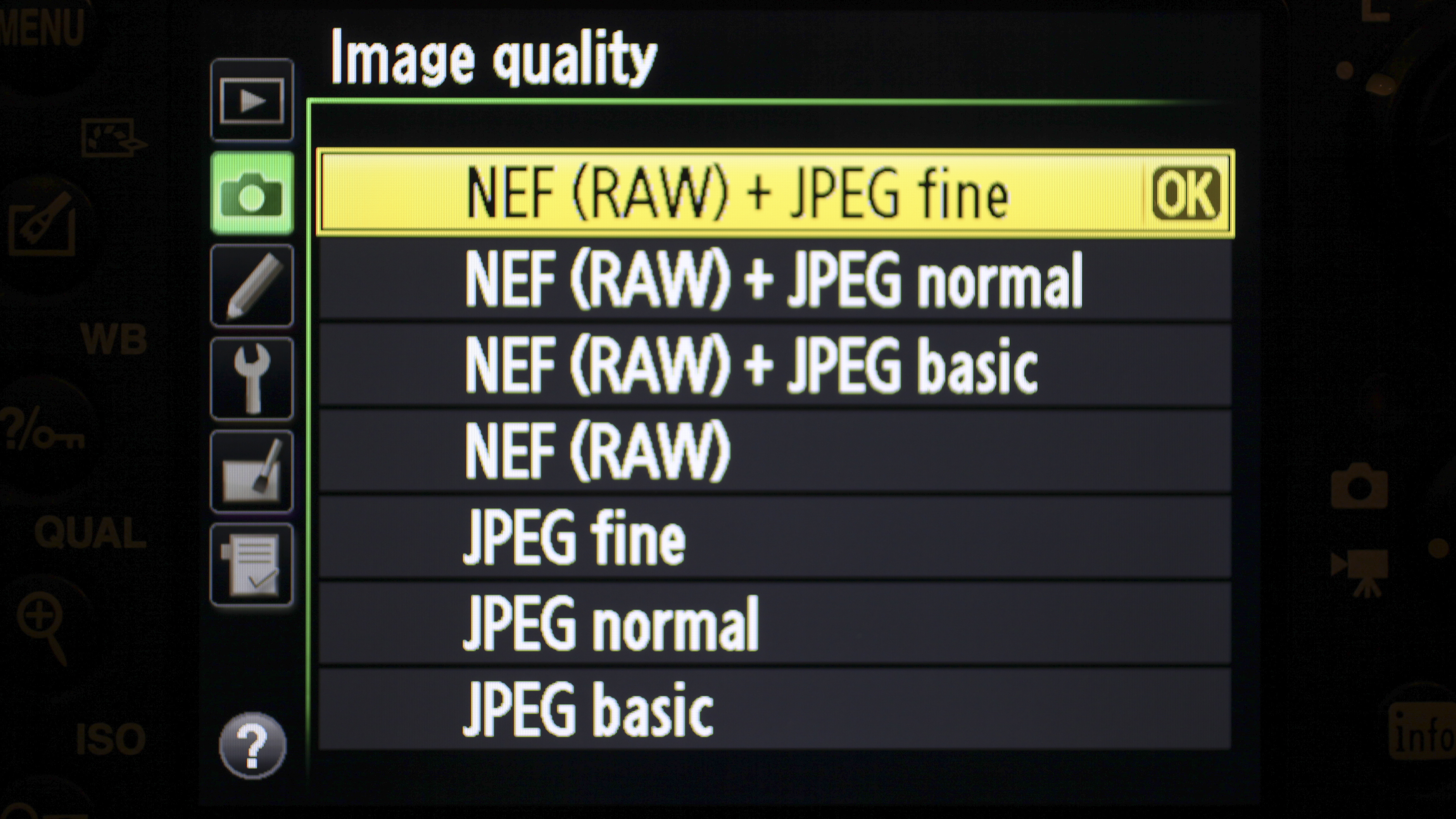
However, the downside of the transplant into the Nikon D600 is that the 39 autofocus points still occupy the same overall space, meaning that on the Nikon D600's full-frame sensor there's a much larger peripheral area not covered by any autofocus points. It's rarely a problem, but can make shooting subjects that are considerably off-centre trickier than necessary.
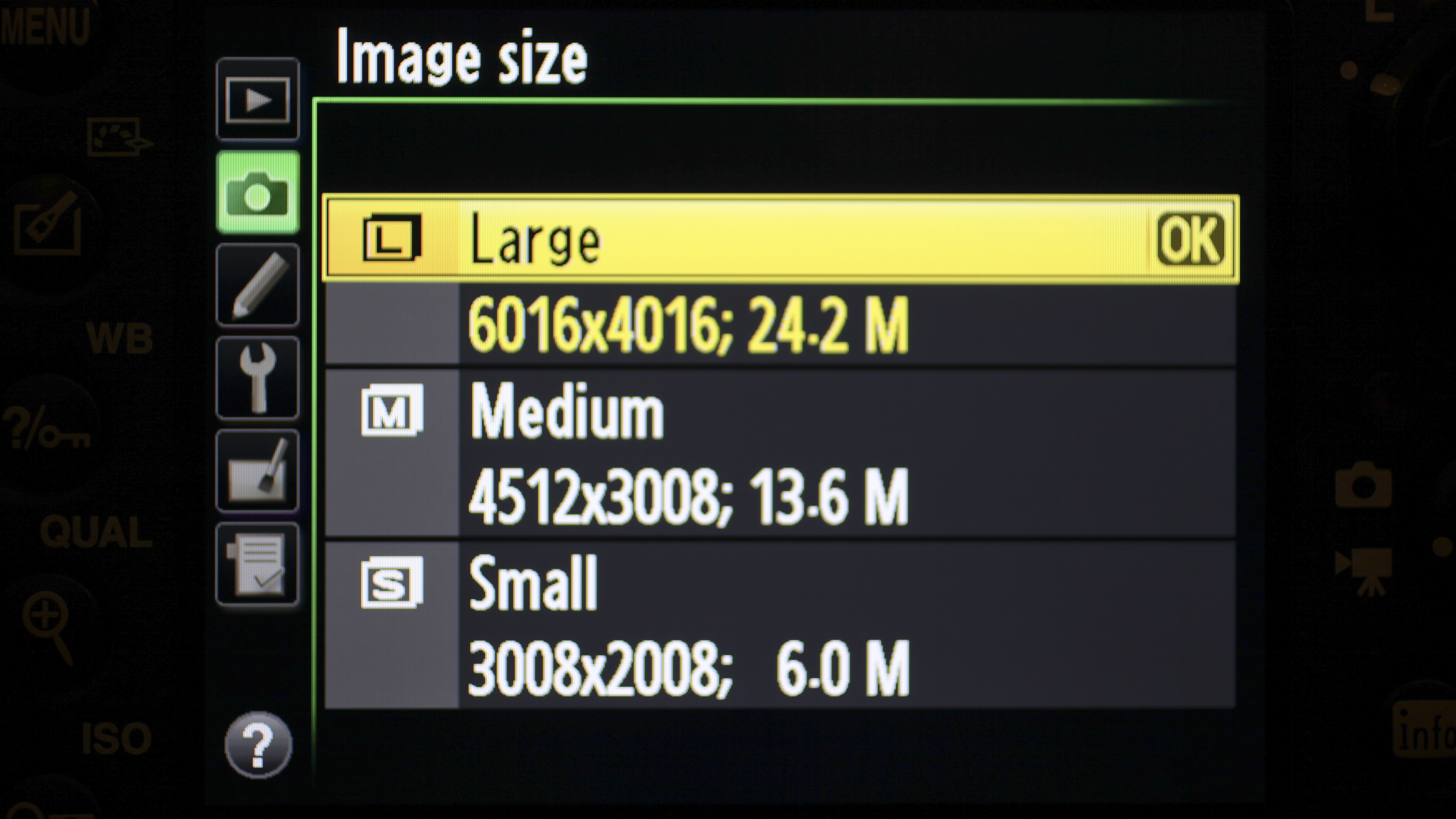
Another common element between the Nikon D600 and the more modest Nikon D7000 is the 2016 pixel exposure metering sensor, though fortunately there's no problems to report here. Any early issues with the Nikon D7000 having a tendency to slightly overexpose seem to have now been ironed out, and in the Nikon D600 metering is reliably accurate.
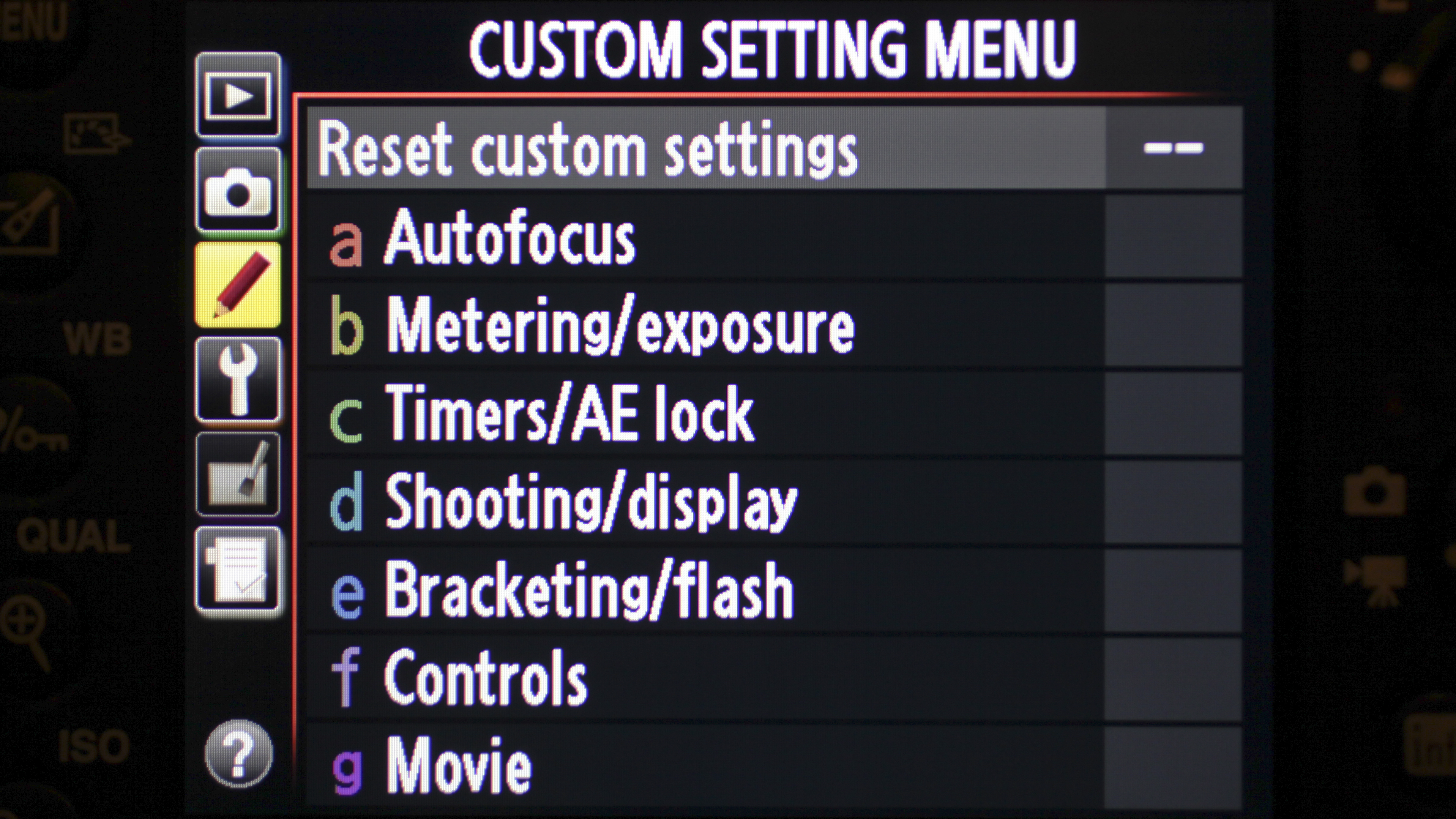
Naturally the default matrix metering can be fooled in certain situations, but switching to spot metering or dialling in some exposure compensation easily fixes this.
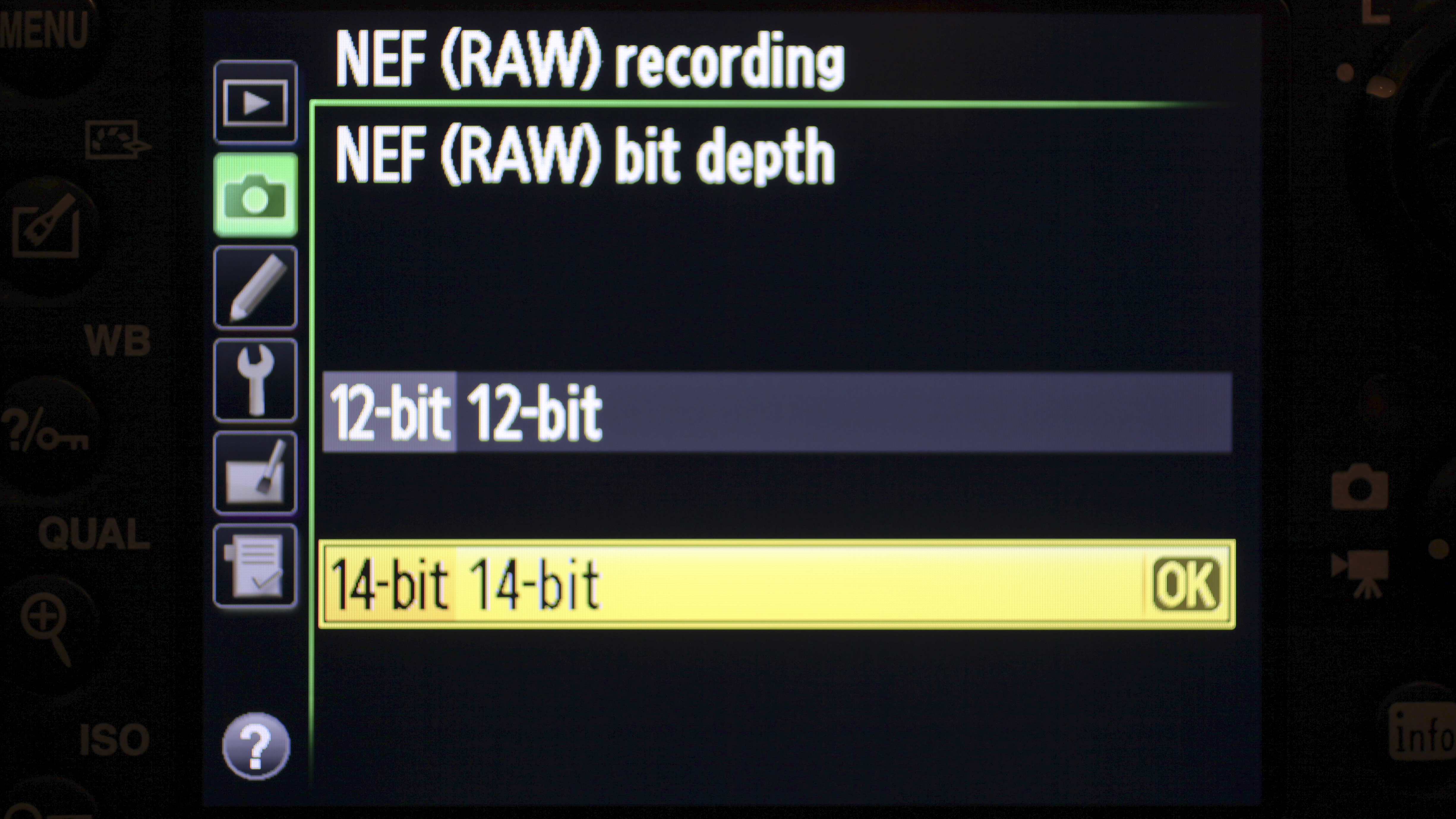
Combine the accurate metering with the excellent dynamic range of the Nikon D600's sensor and resulting images display plenty of shadow and highlight detail with seamless tonal graduations. Nikon does include an HDR function on the D600 to further boost dynamic range, though like the Nikon D800 it's only available in JPEG mode.

Nikon's Active D-Lighting does a great job of retaining highlights while lifting shadows, and often avoids the need to capture multiple exposures.
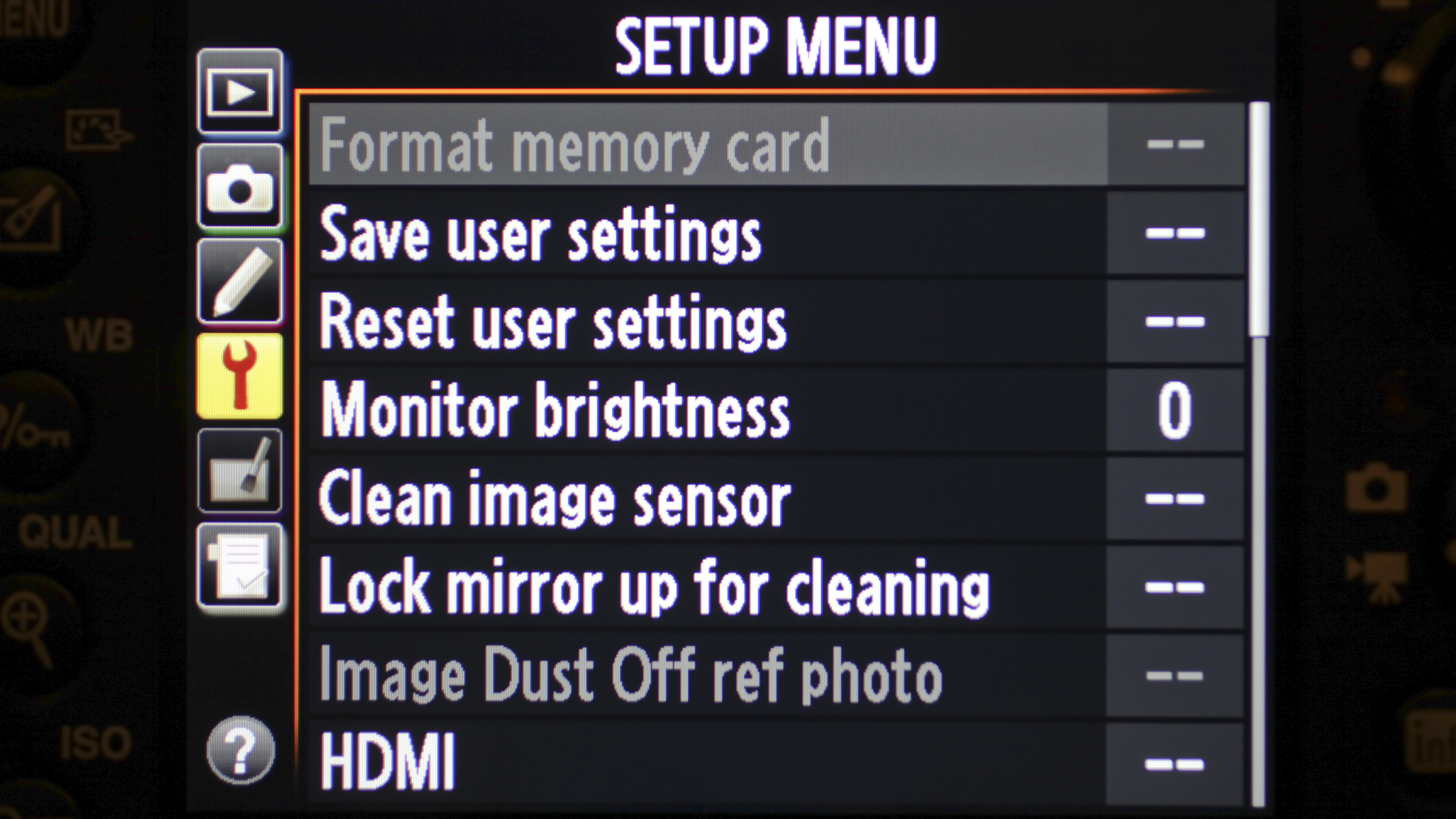
Lab testing the Nikon D600 reveals its new 24.3MP sensor to be a real gem. Raw images (after conversion to TIFF) have a better signal-to-noise ratio than even the Nikon D800, and almost match the Nikon D4 and Canon EOS 5D Mark III.
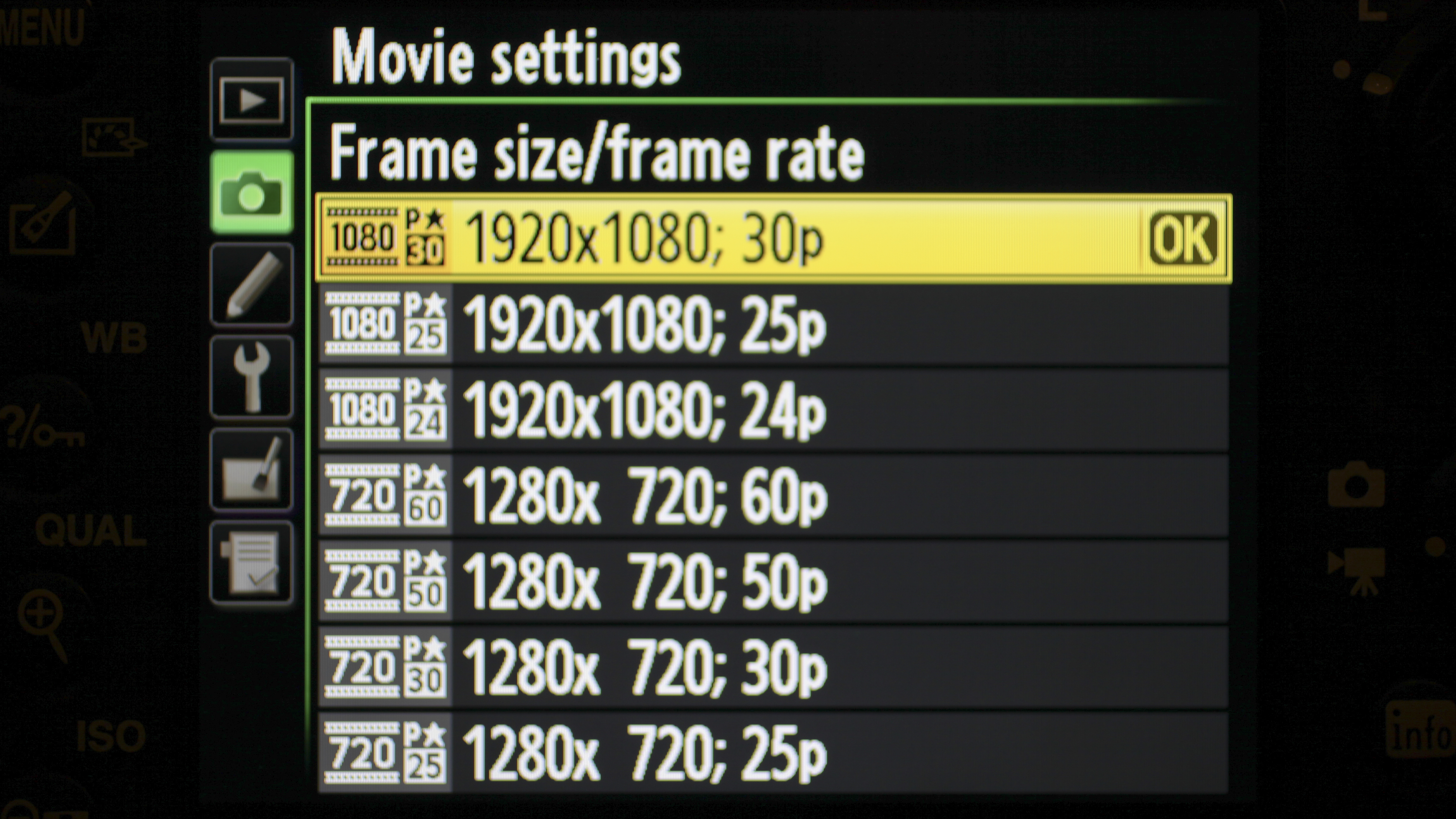
The dynamic range graph shows a similar story, but here the Nikon D600 actually leads the pack at lower ISO settings. Above ISO 800 sees the Nikon D4 and Canon EOS 5D Mark III perform slightly better, but the Nikon D600 still outshines the more expensive Nikon D800.
Current page: Performance
Prev Page Build quality and handling Next Page Image quality and resolution